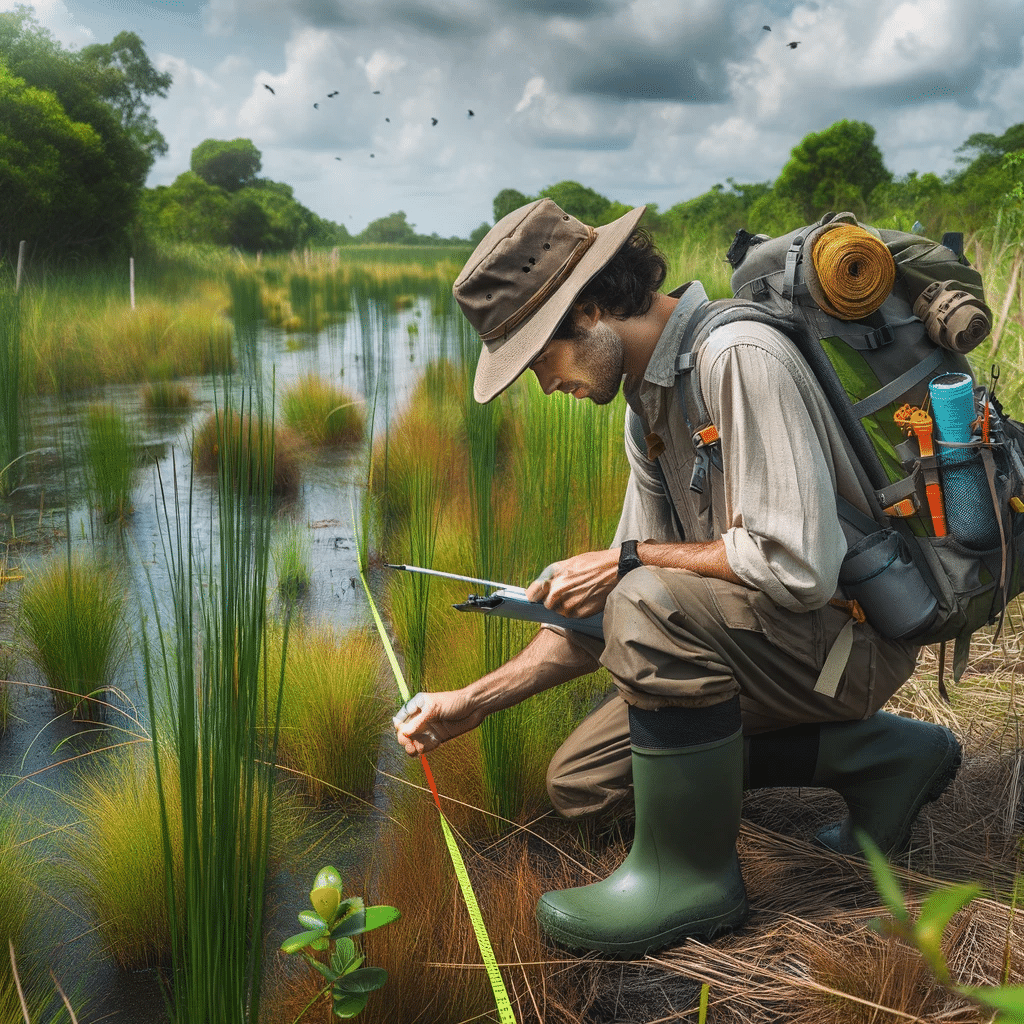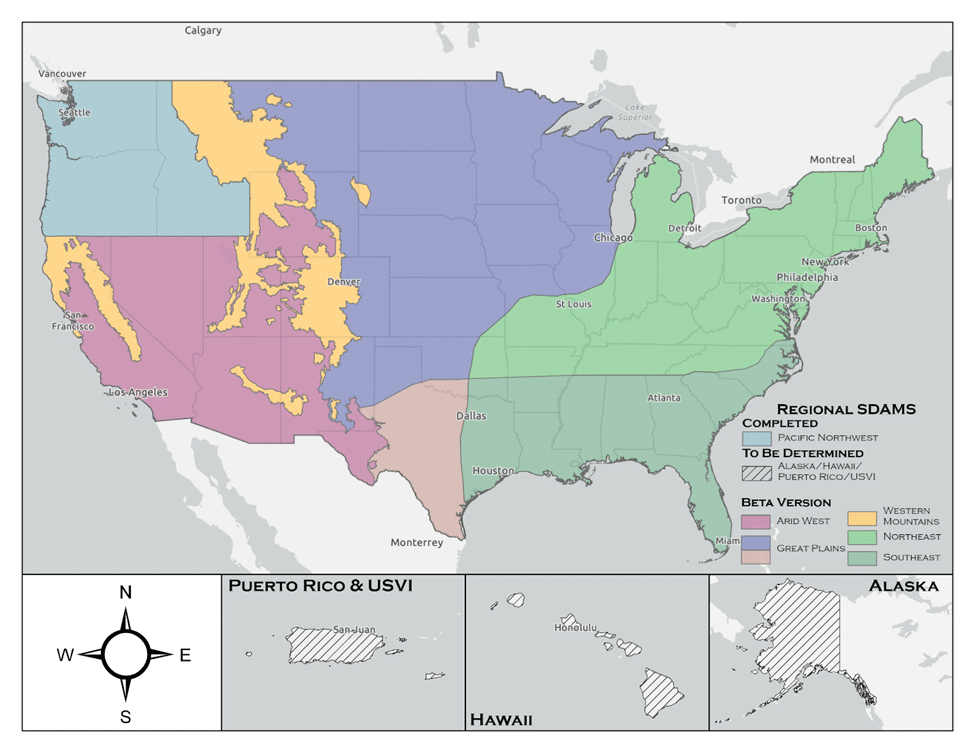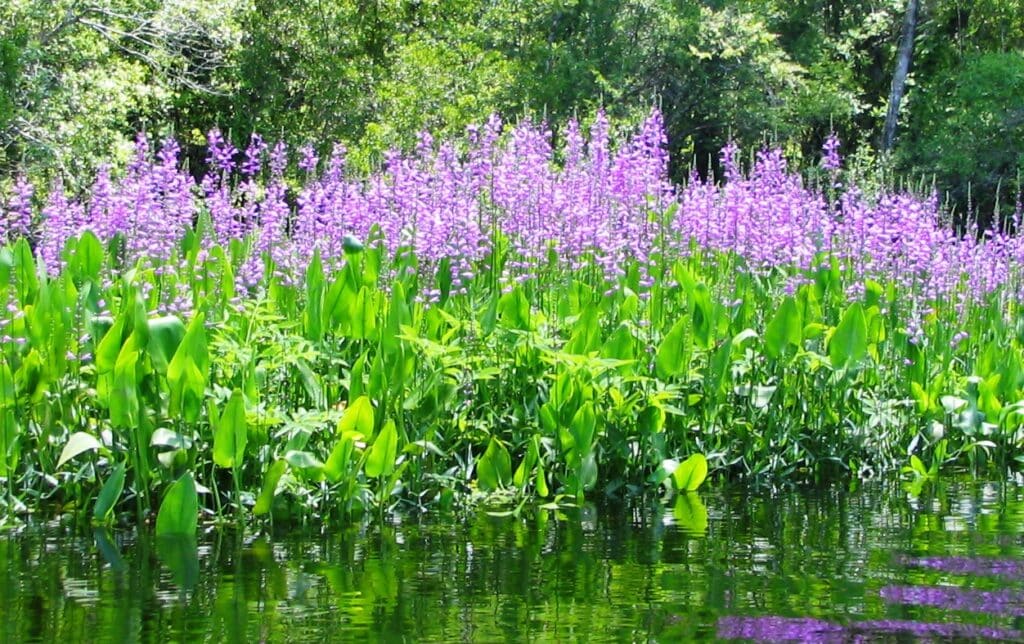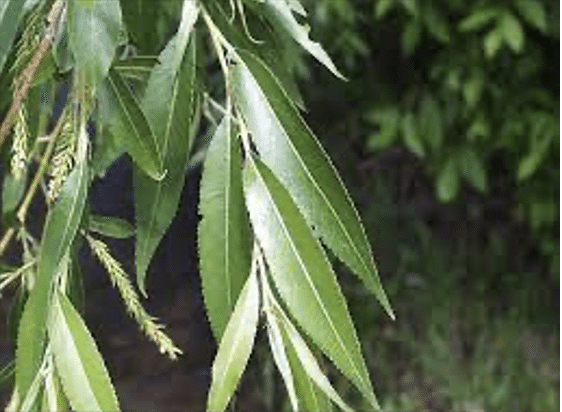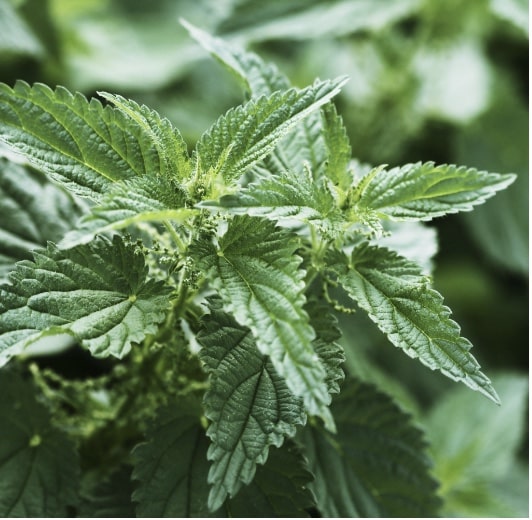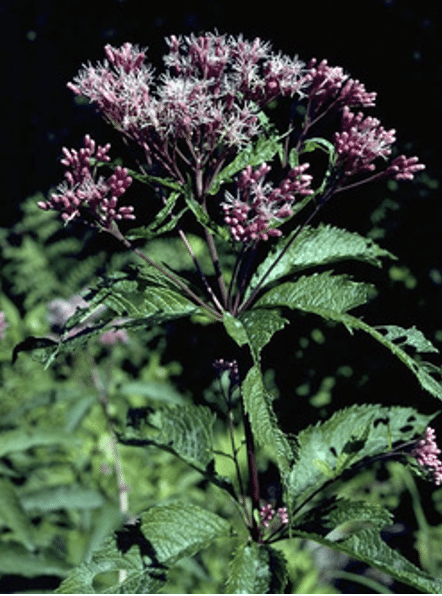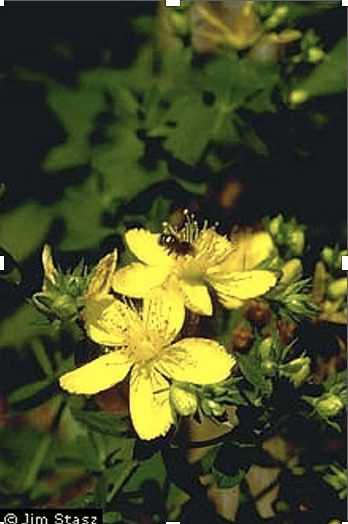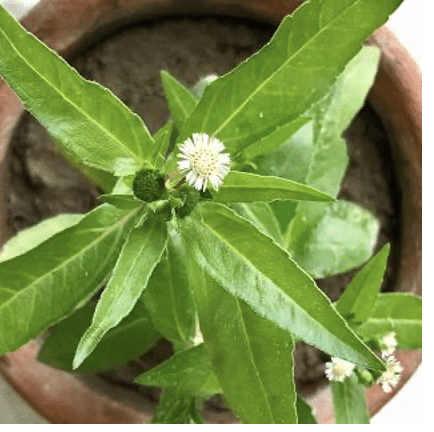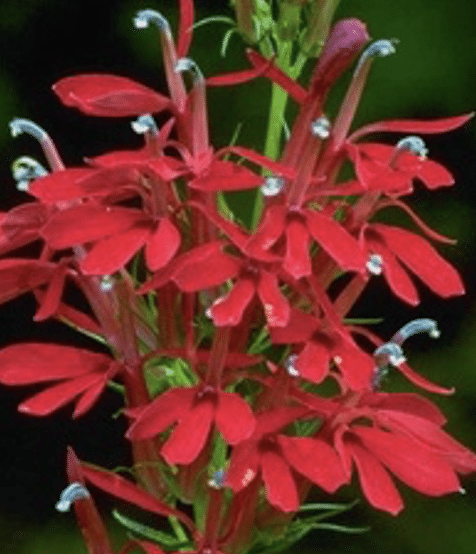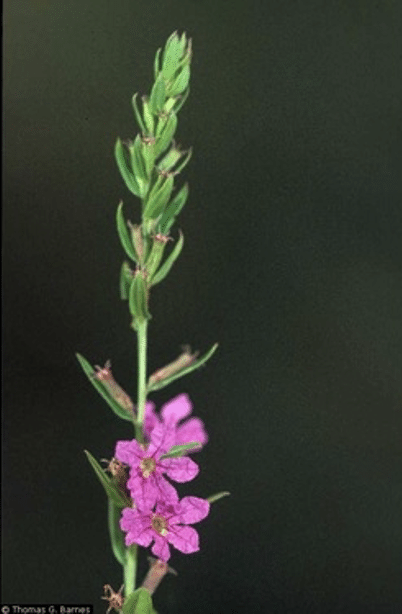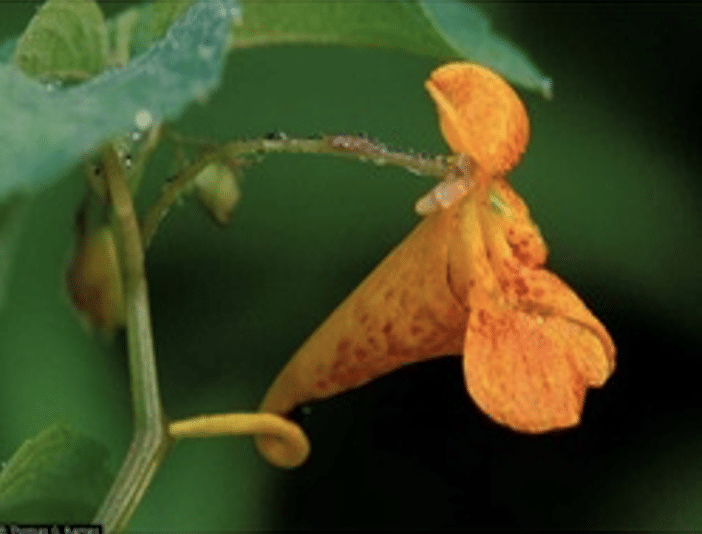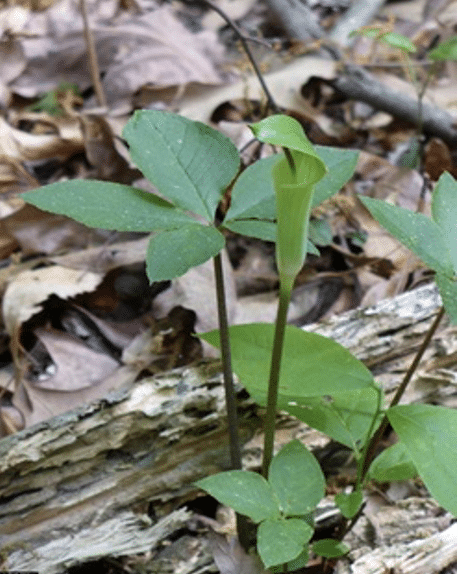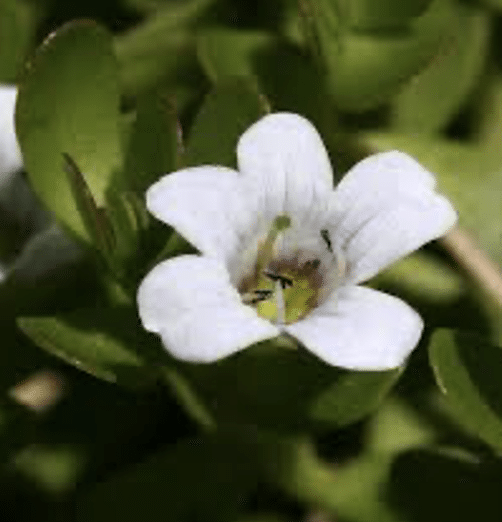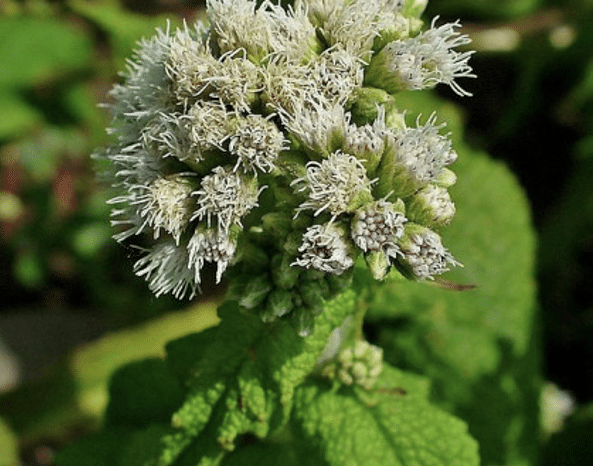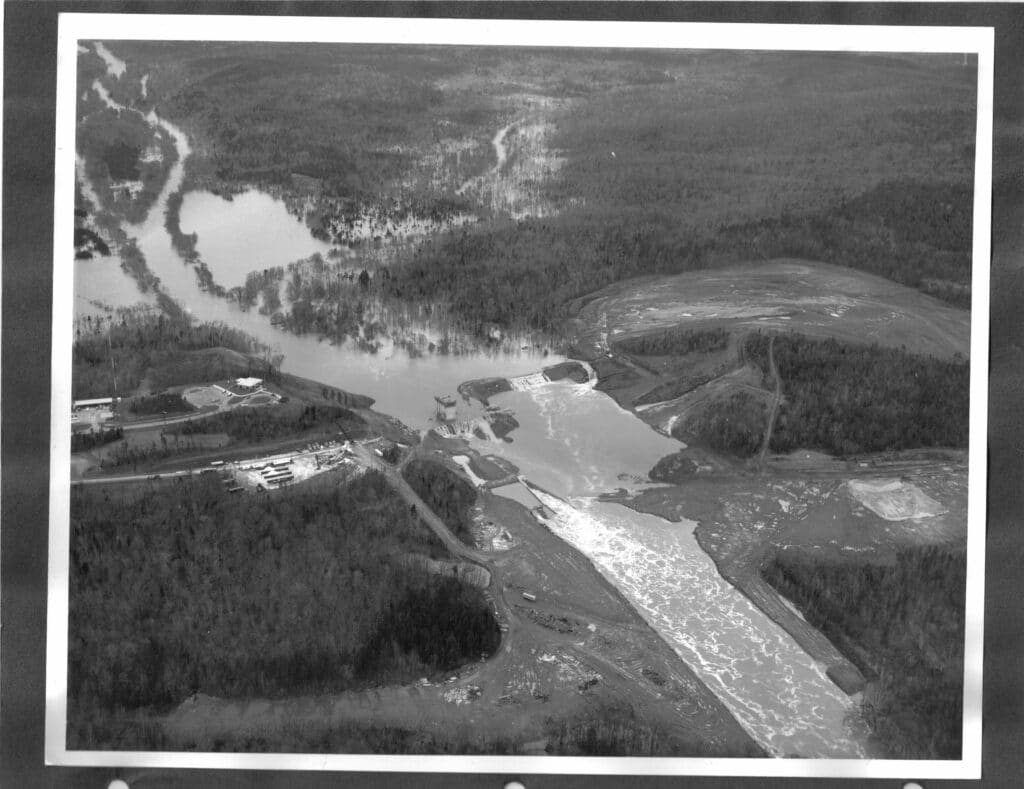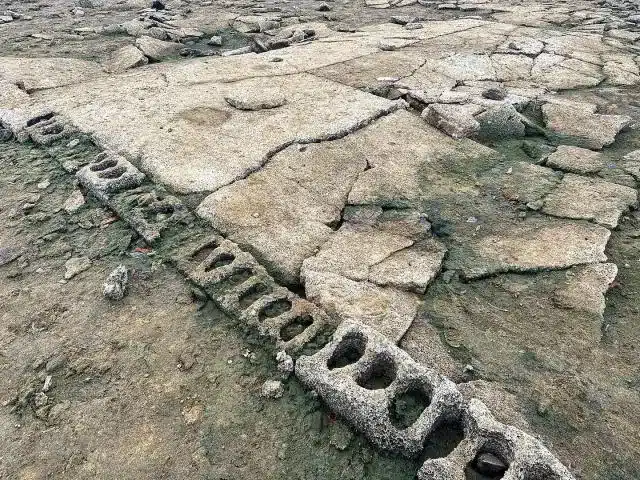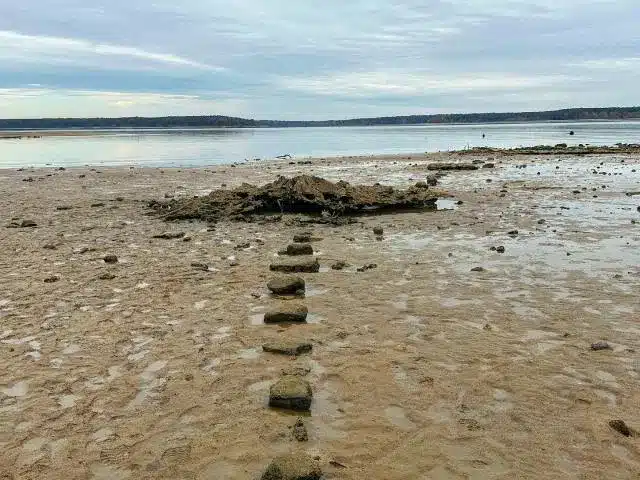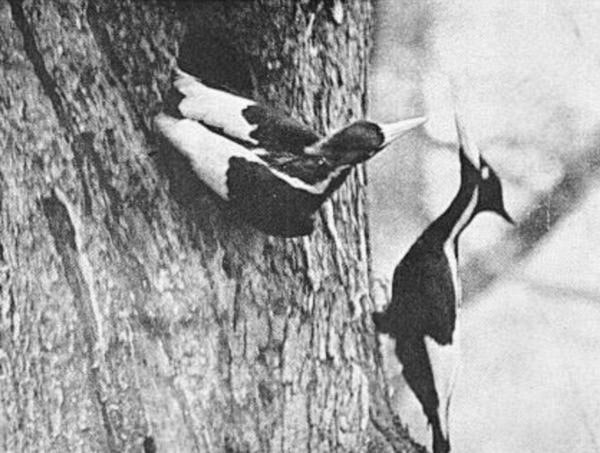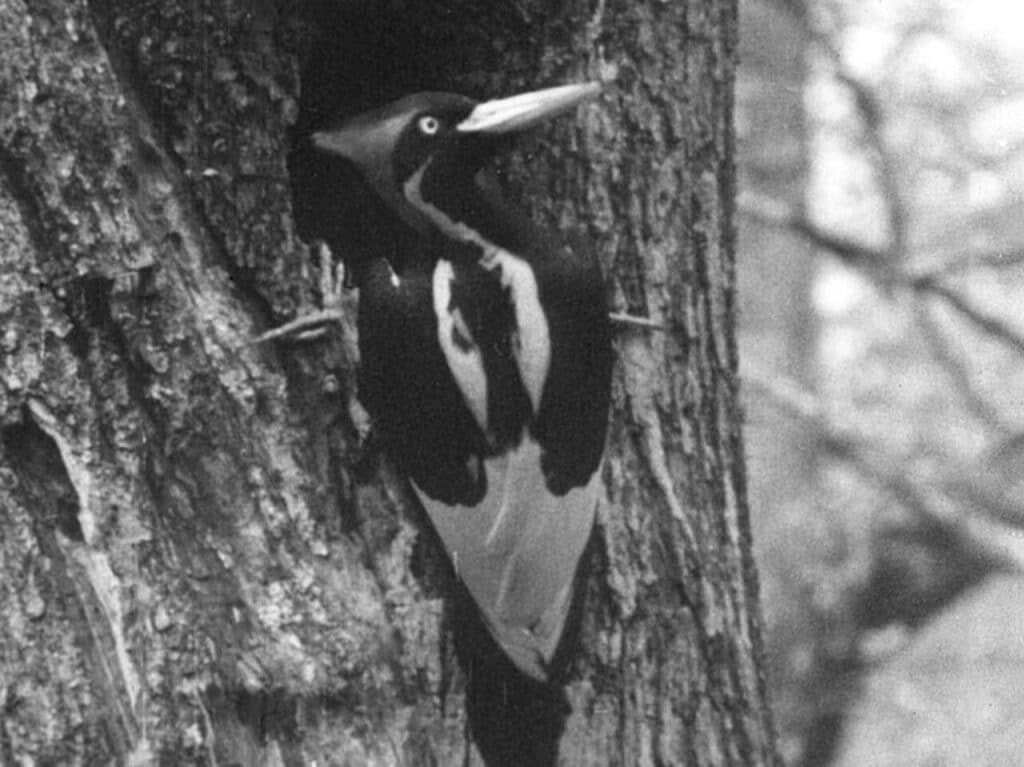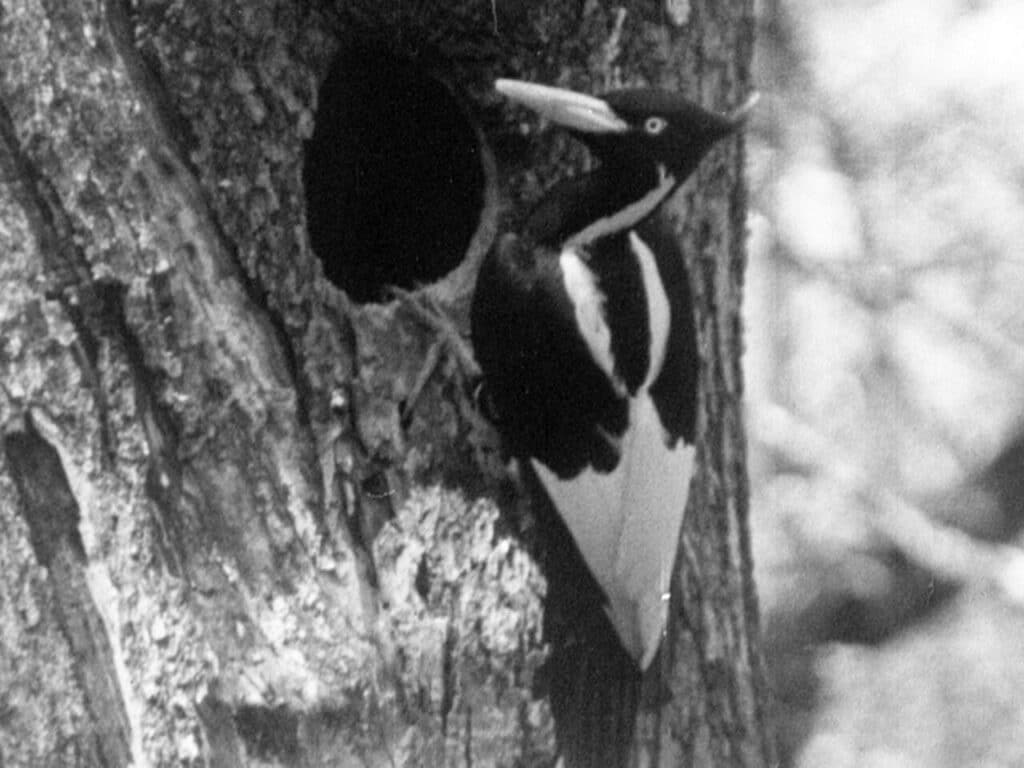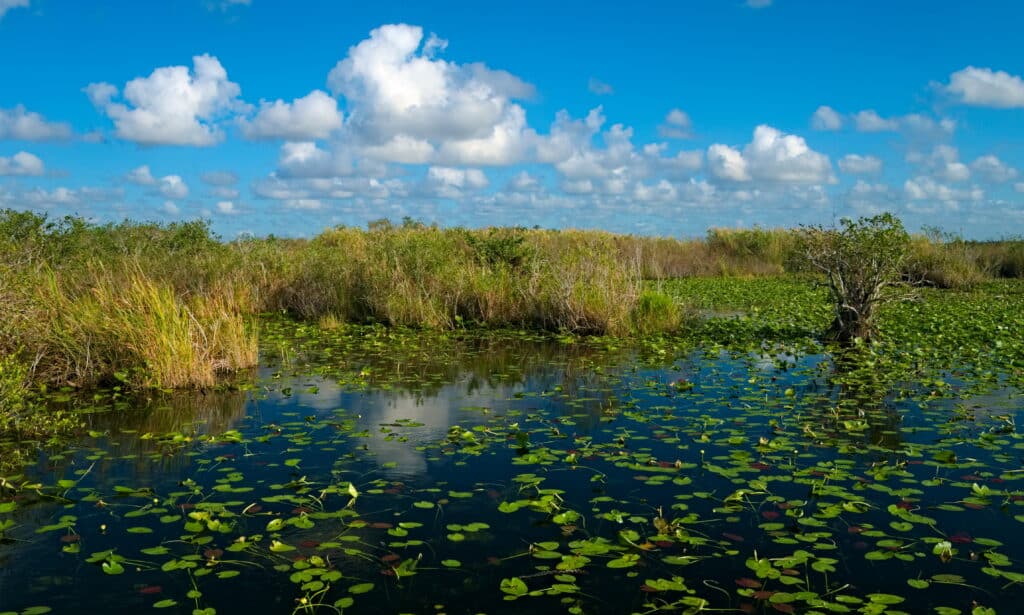
Part 1: The Everglades’ biggest offenders
Alligators adorned in prehistoric fashion, crystal-clear seashores, and miles of wetlands that mimic the ends of the earth: This is the State of Florida. Its diverse tapestry of ecosystems is somewhat of a wild paradise, and that paradise is home to some pretty iconic plants and animals.
The American crocodile and the Florida panther are just two of the Sunshine State’s treasured inhabitants. But, living alongside these protected species, in the swamps and near the shores, are invasive species that threaten Florida’s native plants and animals.
In 1999, Executive Order 13112 – Invasive Species defined invasive species as “1) non-native (or alien) to the ecosystem under consideration and, 2) whose introduction causes or is likely to cause economic or environmental harm or harm to human health.” Note the difference between non-native species, such as harmless lettuce varieties and domestic cows, and invasive species, the latter of which harms ecosystems.
The perfect place to invade
Florida faces more turmoil from invasive species than any other state in the continental U.S., and this is not a coincidence. The Nature Conservatory (TNC) attributes this multitude to the hospitable nature of the state’s climate. That’s what keeps invasive species alive, but how do they reach Florida in the first place?
First, Florida has a thriving exotic pet trade, through which plenty of pets are willingly released or escape captivity. According to the University of Florida, Institute of Food and Agricultural Sciences, there are a minimum of 180 invasive reptile and amphibian varieties in the state. And if we know anything about these slimy species, they thrive in environments like the Florida Everglades.
The Everglades, a subtropical, wetland paradise for native and invasive species alike, covers two million acres of south and central Florida. Cypress swamps, mangroves, wet prairies, and the Everglades National Park; this region holds some of Florida’s most endangered species, like the Florida panther, and most invasive, like the Burmese python.
Who’s on the list?

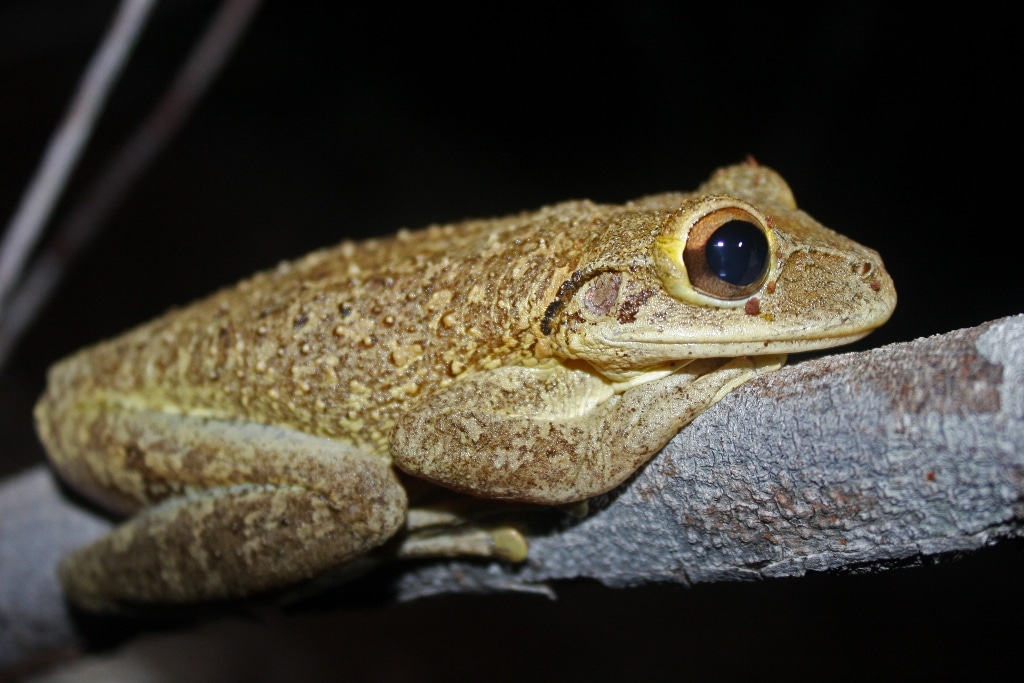
Prominent invasive species in the Florida Everglades are listed on “The Everglades Dirty Dozen,” compiled by the Everglades Cooperative Invasive Species Management Area (Everglades CISMA). Updated annually, the list is as follows:
- Burmese python
- Black and white tegu
- Chameleons
- Nile monitor
- Cuban treefrog
- Giant African land snail
- Bullseye snakehead
- Lionfish
- Australian pine
- Old world climbing fern
- Brazilian pepper
- Air potato
And look who’s at the top of the list: It’s the Burmese Python, easily the invasive species with the most media coverage. These snakes, native to Burma, Thailand, southern China, Malay Archipelago, and Indochina, are among the world’s top six largest snake varieties. They average 16 feet in length, but the record is a 19-foot-long snake.
How invasive species harm Florida’s wetlands
The primary offense of invasive species is the harm they cause to native species, and the Burmese python pulls its weight in this department. For example, for a Burmese python hatchling in the Florida Everglades to grow to 13 feet, it must have a hypothetical diet of 167 individual animals across 5 to 7 years. Most of this diet is made up of cotton rats and mice, but four 5-foot alligators are thrown into the mix.
Another invasive species that harms Florida’s native animals is the Cuban treefrog. This amphibian preys on native squirrel and green treefrogs, decreasing their populations. And on the Nile monitor diet, another invasive species, are crocodile eggs and burrowing owls.
These and other invasive species react more favorably to water flow alteration and natural wildfire pattern interruption. They also don’t have natural predators in Florida. As a result, they are difficult to control. And it’s not just animals, invasive plants play a part in harming the wetland ecosystem as well. Of the two million acres of the Everglades, roughly 1.7 million of them have experienced non-native plant invasion.
What we can do to help
There are high-level practices that can help stop invasive species in the Florida Everglades and protect these one-of-a-kind wetlands.
Policy: Restrictions on pet trading reduce the likelihood of exotic pet release into the wild, whether voluntary or accidental. Additionally, TNC and the University of Florida collaborated on furthering the adoption of a powerful screening tool, one with the ability to predict which plant species could become invasive.
Land management: It is imperative that invasive species are detected before reproduction. TNC has decontamination procedures, and uses the widely accepted principle of EDRR: Early Detection and Rapid Response.
Education and control: Sharing education on responsible pet ownership can also reduce the likelihood of exotic pets ending up in the wild. There are also numerous control initiatives that involve public participation, like TNC’s Python Patrol and Everglades CISMA’s IveGot1.
There’s lots more to say about invasive species, including social media’s new fascination with these slippery culprits of the Florida Everglades. To learn more, watch out for next week’s blog. And for even more wetland education, enroll in one of The Swamp School’s continuing education courses today!


